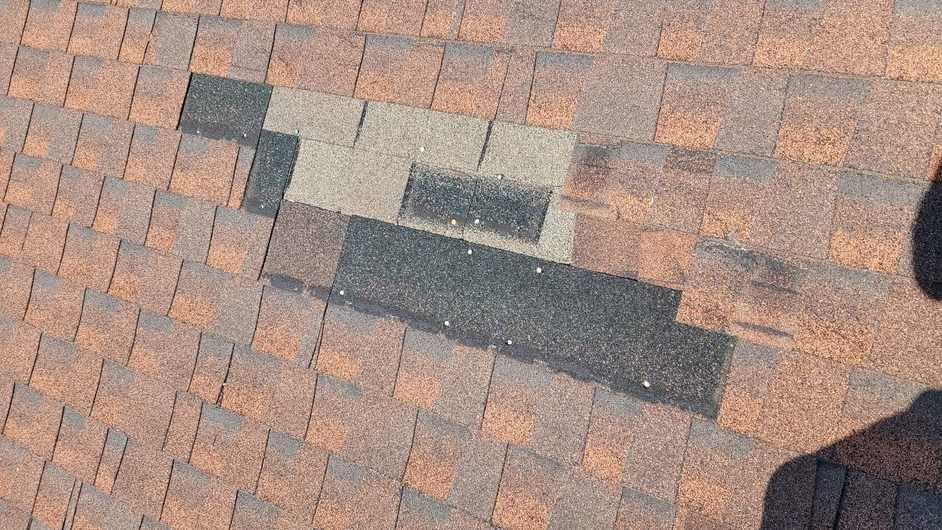The roof of your home is one of its most critical components, protecting you and your property from the elements. However, when your roof has missing shingles, it raises concerns about potential leaks. In this article, we’ll explore the risk of a leaking roof when shingles are missing and discuss what you can do to address the issue.

Understanding the Importance of Shingles:
Shingles are the outermost layer of your roof and serve as a protective barrier against rain, snow, wind, and other weather conditions. They are essential for preventing water from seeping into your home and causing damage. When shingles go missing, the risk of a roof leak increases.
The Risk of a Leaking Roof:
The risk of a leaking roof with missing shingles depends on several factors:
- Severity of Damage: The number of missing shingles and their location play a significant role. A few missing shingles may not pose an immediate threat, but if an extensive section of your roof is exposed, the risk of leakage is higher.
- Weather Conditions: Harsh weather, such as heavy rain or wind-driven rain, can exploit the vulnerabilities created by missing shingles. Even a brief, heavy downpour can lead to leaks if your roof is not adequately protected.
- Roof Underlayment: The underlayment beneath the shingles acts as a secondary barrier against water intrusion. If the underlayment is in good condition, it can provide temporary protection even if some shingles are missing.
- Age of the Roof: The age of your roof can impact its ability to withstand damage. Older roofs with missing shingles may be more susceptible to leaks.
Immediate Actions to Take:
If you discover missing shingles on your roof, there are immediate actions you should take to reduce the risk of leaks:
- Visual Inspection: Conduct a visual inspection of your roof from the ground, using binoculars if necessary. Look for missing, damaged, or curling shingles. Pay attention to areas around chimneys, vents, and skylights, as these are common trouble spots.
- Temporary Covering: If you identify missing shingles, consider using a temporary covering, such as a tarp, to protect the exposed area until you can make permanent repairs. Secure the tarp with weights or heavy objects to prevent it from blowing away.
- Contact a Professional: Reach out to a roofing professional to assess the damage and provide recommendations for repairs or replacement. They can determine the extent of the issue and suggest appropriate solutions.
Long-Term Solutions:
To prevent a leaking roof and address missing shingles, you have several long-term solutions:
- Shingle Replacement: The most common and effective solution is to replace the missing or damaged shingles. A professional roofer can match the new shingles with the existing ones for a seamless repair.
- Roof Inspection: Schedule regular roof inspections to identify and address minor issues before they become major problems. Professional inspections can catch missing shingles early and prevent further damage.
- Roof Replacement: If your roof is old and missing shingles are a recurring problem, it might be time to consider a roof replacement. A new roof provides better protection against leaks and enhances the energy efficiency of your home.
- Maintenance: Regular roof maintenance, including cleaning gutters, trimming overhanging branches, and addressing minor issues promptly, can prolong the life of your roof and reduce the risk of leaks.
Conclusion:
Roof leak with missing shingles on your roof can increase the risk of leaks, but the severity of the risk depends on various factors. Prompt action, such as temporary covering and contacting a roofing professional, can mitigate the risk and prevent further damage. Long-term solutions like shingle replacement and roof maintenance are essential for protecting your home from leaks and ensuring the longevity of your roof.
Remember that a well-maintained roof is crucial for the integrity of your home, so invest in regular inspections and address issues promptly to keep your roof in top condition.



Leave a Reply